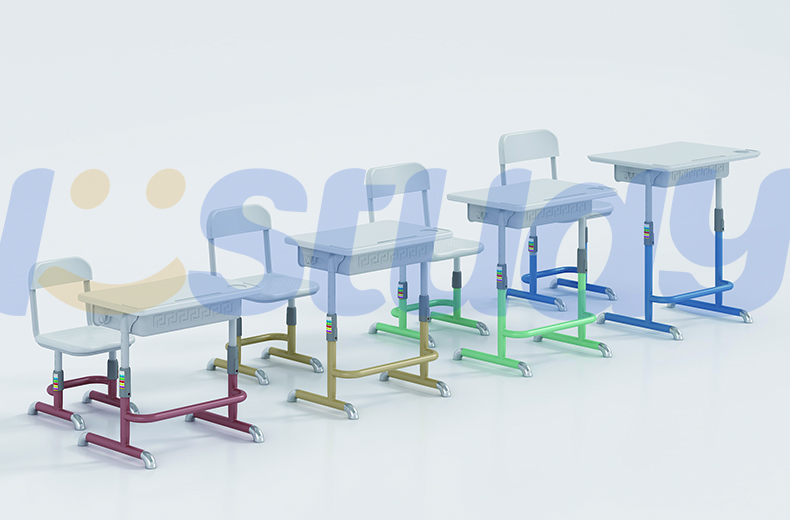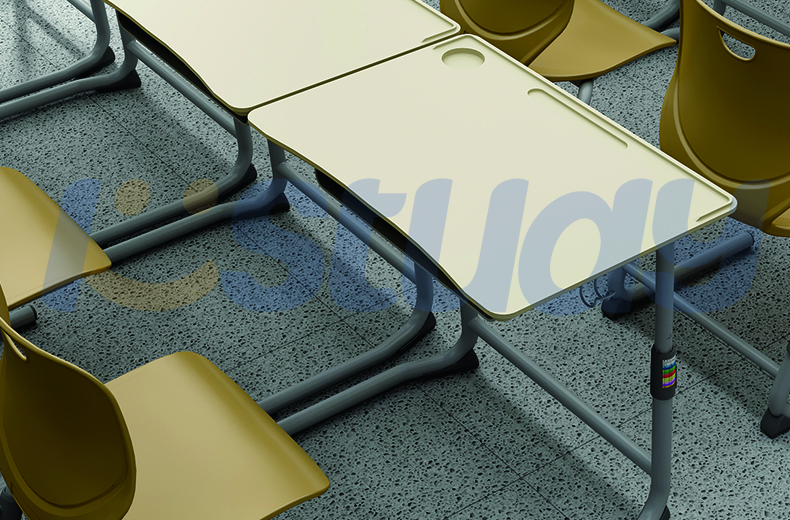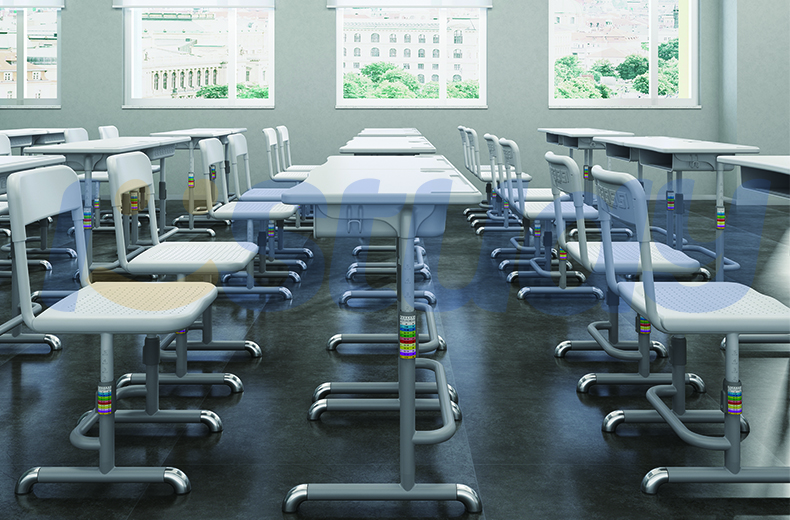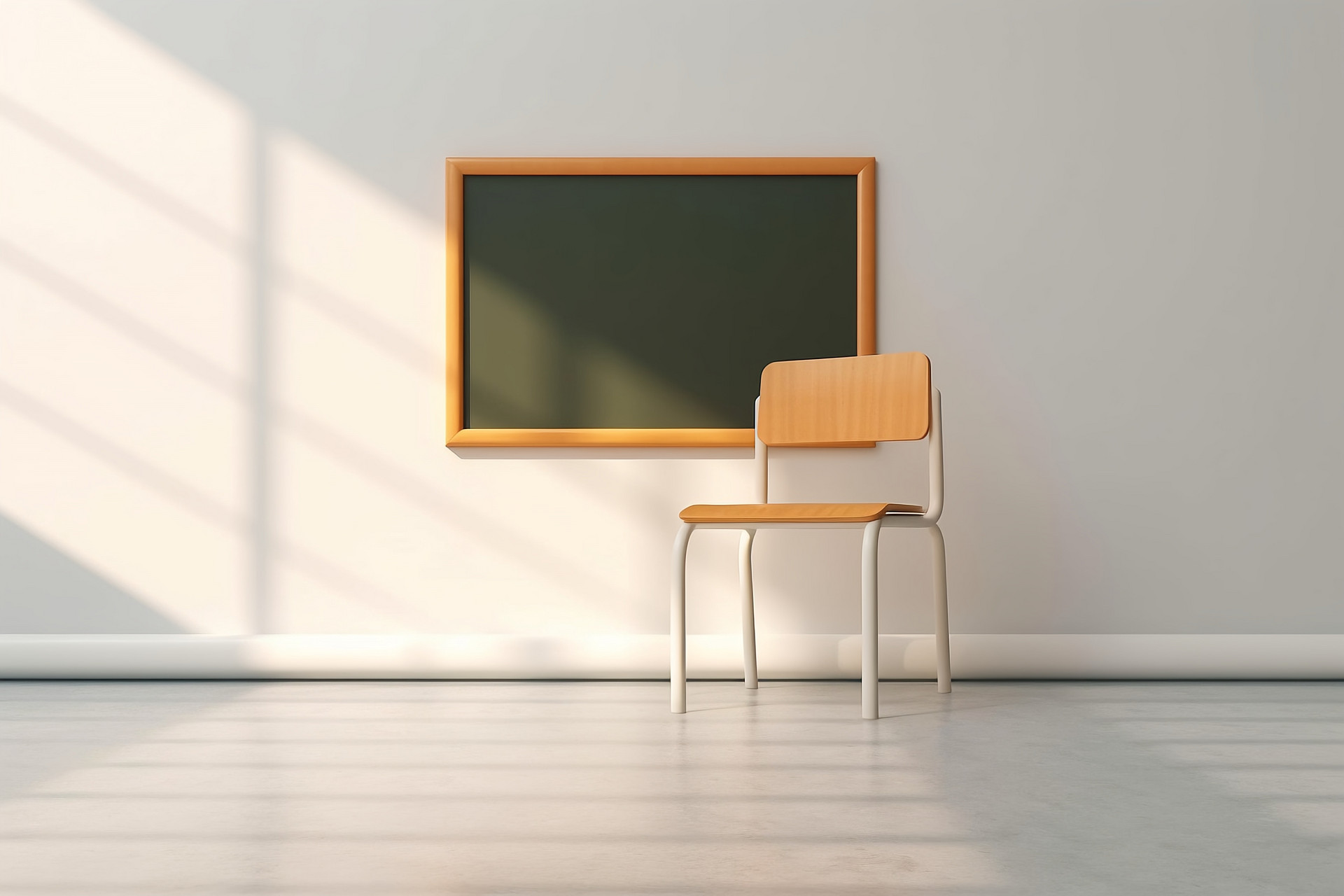Ensuring Clean and Safe School Environments: A Guide to Cleaning and Disinfecting School Furniture
Maintaining cleanliness and hygiene in educational environments is essential for promoting the health and wellbeing of students and staff. School furniture, including desks, chairs, tables, and other classroom fixtures, can harbor germs and bacteria if not properly cleaned and disinfected. In this comprehensive guide, we will outline effective methods and best practices for cleaning and disinfecting school furniture to create a safe and healthy learning environment for all.

1. Gather Necessary Supplies:
- Before starting the cleaning process, gather essential supplies such as disposable gloves, microfiber cloths, all-purpose cleaner, disinfectant spray or wipes, and a bucket of warm water.
2. Remove Debris and Dirt:
- Begin by removing any visible debris, dirt, or spills from the surfaces of school furniture using a damp microfiber cloth or vacuum cleaner with a soft brush attachment.
3. Clean Surfaces:
- Use an all-purpose cleaner diluted in warm water to wipe down surfaces of school furniture thoroughly.
- Pay close attention to high-touch areas such as desktops, chair backs, and armrests.
- Ensure that all surfaces are cleaned, including undersides and edges.

4. Disinfect Surfaces:
- Once surfaces are clean, apply a disinfectant spray or use disinfectant wipes to thoroughly disinfect all areas of the school furniture.
- Follow the instructions on the disinfectant product label for proper application and contact time.
- Ensure that all surfaces remain wet with the disinfectant for the required contact time to effectively kill germs and bacteria.
5. Focus on Upholstered Furniture:
- For upholstered school furniture such as chairs or sofas, use upholstery-specific cleaning products or a fabric-safe disinfectant spray.
- Pay particular attention to spots and stains, and ensure that the entire surface is treated with the disinfectant.
6. Allow for Proper Drying:
- After disinfection, allow the school furniture to air dry completely before students or staff use them again.
- Ensure that the area is well-ventilated to aid in the drying process and prevent the buildup of moisture.
7. Establish a Regular Cleaning Schedule:
- Develop a routine cleaning schedule for school furniture to ensure that surfaces are cleaned and disinfected regularly.
- Assign specific staff members or cleaning crews to be responsible for maintaining cleanliness in classrooms and common areas.
8. Educate Students and Staff:
- Educate students and staff on the importance of cleanliness and proper hygiene practices in maintaining a safe learning environment.
- Encourage students to keep their personal belongings organized and clean to prevent the spread of germs on school furniture.

By following these guidelines for cleaning and disinfecting school furniture, educational institutions can create a clean and safe environment conducive to learning and productivity. Regular cleaning and disinfection practices help to minimize the risk of illness and promote the health and wellbeing of students and staff. By prioritizing cleanliness and hygiene, schools demonstrate their commitment to providing a healthy environment where students can thrive academically and socially.

